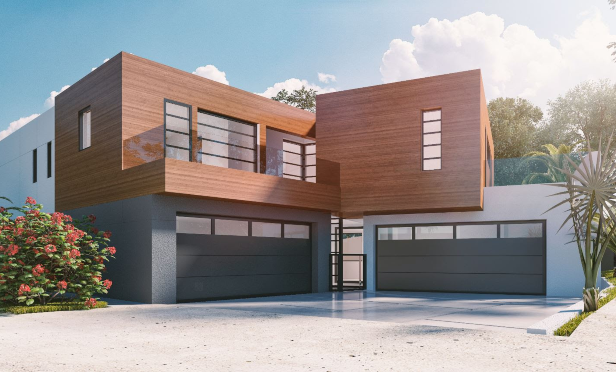 Pre-fab construction is growing in popularity, and it's no surprise with the rising cost of construction and issues that come with typical wood framed buildings. However, while there have been many variations of pre-fab construction, many use a similar construction method and, according to Marc A. Bovet of Bone Structure, they suffer from the same problems.
Pre-fab construction is growing in popularity, and it's no surprise with the rising cost of construction and issues that come with typical wood framed buildings. However, while there have been many variations of pre-fab construction, many use a similar construction method and, according to Marc A. Bovet of Bone Structure, they suffer from the same problems.
Bone Structure—a modular building system using steel framing and an erector-style building method—launched a decade ago to shake up the pre-fab housing market, but it is only now beginning gain attention in the US. Before conceiving the idea, Bovet studied dozens of prefab systems. "There are some interesting prefab and modular concepts, and we studied those," Bovet, the CEO of Bone Structure, tells GlobeSt.com. "We looked at what Frank Lloyd Wright and others did in terms of pre-fabricated homes, and they came up with some brilliant ideas. Most of them were implemented after the First World War. The common denominator is that they are using all of the same materials and they are doing it in a warehouse. So, they are basically doing same-all, same-all with all of the pitfalls with all of the pitfalls that the material brings."
Of course, not every prefab system is created equal; however, the better made systems were often too complicated to actually benefit from being prefab. "Some systems are so genius, but you need six engineers on a job site to figure it out," says Bovet. "The dilemma is that there is a shortage of labor. We do not have laborer that are making a long-term profession in this industry and building excellence into their trade. That is what we are living with today. Homeowners are paying through the nose because of the lack of expertise."
The end goal was to create a faster, more cost effective construction method, as well as one that worked better for the property owner. "We created a home that is ecologically responsible, sustainable and comfortable," says Bovet. "But, this is a structure that you will not have to pay every single year to continue to maintain. That is totally absurd."
Bovet was also clear that his goal is constant innovation in the building industry—and he doesn't take the task lightly. "Innovation is being used and galvanized by everyone, and the word has a lot of merit when there is obvious product and services that redefines what innovation is," he says. "We are pushing the envelope of the building industry."
© Touchpoint Markets, All Rights Reserved. Request academic re-use from www.copyright.com. All other uses, submit a request to [email protected]. For more inforrmation visit Asset & Logo Licensing.






